Cao Bang is not only a land of many poetic, wild and majestic landscapes, but also a treasure trove of cultural heritages rich in identity and glorious history. The biggest challenge facing the province today is how to exploit tourism while preserving its original identity and values. The 19th Provincial Party Congress (2020 - 2025) has determined: developing tourism associated with preserving cultural heritages, considering this a parallel task, a resource for tourism development, and education for future generations. With that spirit, Party committees, authorities, functional sectors, businesses and people have actively preserved and promoted the value of natural, cultural and historical heritages, turning them into endogenous resources, creating a driving force for Cao Bang to rise on the domestic and international tourism map.
Natural treasures associated with attractive tourism products
Spread over an area of over 3,000 km², of more than 20 communes and wards, Non Nuoc Cao Bang UNESCO Global Geopark is considered an "outdoor geological museum" with hundreds of natural heritage sites, geomorphology with beautiful international landscapes: Ban Gioc waterfall, Nguom Ngao cave, Mat Than mountain, Doi cave, Thang Hen lake, Phja Oac National Park; Karl Marx mountain, Lenin stream, Tran Hung Dao forest associated with the revolutionary history and great career of President Ho Chi Minh .
From that priceless "natural treasure", the Steering Committee of the Provincial Tourism Development Key Program directed all levels, sectors, localities, and the Cao Bang Non Nuoc Geopark Management Board to deploy hundreds of specific tasks and programs, contributing to both preserving the heritage intact and exploiting it effectively to serve sustainable tourism development. Building 5 Geopark experience tourism routes, connecting more than 200 heritage sites, developing unique tourism products such as: the Northern route "Journey to the origin" to explore the Hoang Tung rock garden heritage, Soc Ha hanging valley, Keo Yen hand-rolled stone chrysanthemums... associated with the red address of the revolutionary history of President Ho Chi Minh's revolutionary activities in Cao Bang (1941 - 1945); The Western route explores the “Land of Changes” to experience the primeval forest of Phja Oac, the unique culture of the Dao Tien ethnic group, the Hoai Khao Homestay associated with the red address of the special national relic site of Tran Hung Dao Forest - where the Vietnam Propaganda Liberation Army was established... These experiential tourism routes attract more and more international visitors and have become their own brand.
Most tourists choose to visit the 5 routes to experience the Geopark, especially Ban Gioc waterfall, Mat Than Nui, Thang Hen lake, Lenin stream, Khau Coc Cha, Ba Quang grass hill... Deputy Director of the Department of Culture, Sports and Tourism Nong Thi Tuyen affirmed: This result has a great contribution from the activities of Non Nuoc Cao Bang Geopark. The programs of the Management Board not only contribute to promoting the image but also raise community awareness in preserving resources, creating livelihoods for local people.

In parallel with developing tourism products, the Non Nuoc Cao Bang Geopark Management Board focuses on environmental protection, organizes many activities in response to Earth Day, World Environment Day, deploys the model of "no plastic waste tourism" at community tourism sites; introduces traditional handicraft products such as Phja Thap incense, Dia Tren paper, Cao Bang brocade... at fairs and major cultural events to introduce and sell products, increasing income from community tourism services by 30 - 40% compared to before. Expands the network, trains and improves capacity for more than 50 partner members on heritage conservation, builds a homestay model associated with preserving indigenous cultural heritage, protecting environmental resources, and building a rich indigenous cultural tourism space.
Cao Bang Non Nuoc Geopark has expanded its cooperation and tourism connection with Geoparks of other countries: China, France, Thailand, Korea... to participate in training programs on management and sustainable development of global Geoparks. Thereby contributing to promoting the image of Cao Bang Non Nuoc, while helping the management team learn international experiences and apply them in practice.
Thanks to a systematic, creative and persistent approach, Non Nuoc Cao Bang has truly become the driving force for tourism development in the province. Indicators of visitors, revenue and employment have all grown positively, while the heritage system has been better preserved.
French tourist, Ms. Clara Martin, came to Ban Gioc waterfall and said: What impressed me was that the waterfall still retains its natural beauty, not "concretized" like many other tourist destinations in Asia, the people are rustic, friendly and still maintain their identity.
Cultural identity of ethnic minorities - living heritage exploited for tourism development
Cao Bang has 95% of its population being ethnic minorities, of which the Tay and Nung people make up the majority... This diversity has created a rich treasure of tangible and intangible cultural heritage, from Then singing and Tinh lute of the Tay and Nung people (recognized by UNESCO as a representative intangible cultural heritage of humanity), to the long tong festival - praying for harvest, Nang Hai Festival, Quang Uyen Fireworks Festival, Da Quan Pagoda Festival..., many festivals are recognized as national intangible cultural heritage.
All levels, departments and branches are interested in promoting the work of preserving heritage and cultural identity associated with tourism development. In particular, restoring many unique festivals, investing in developing community homestay tourism to recreate the unique cultural space of ethnic groups, attracting tourists during festival seasons, experiencing: Khuoi Ky stone village (Dam Thuy commune) of Tay people living in stone stilt houses hundreds of years old; Phja Thap incense village homestay, making paper in Dia Tren village (Quang Uyen commune), Lo Lo ethnic homestay (Hung Dao commune) ... become attractive destinations, bringing stable income to many households.

Ms. Ly Thi Lien, owner of a Tay homestay in Khuoi Ky stone village, shared: “In the past, my family only did farming, with an unstable income. Since opening a homestay, I have had a more stable source of income, introducing Tay culture to international friends. Tourists love to join in cooking and listening to Then singing and Tinh lute playing in the evening.”
Mr. Vi Tran Thuy, Director of Non Nuoc Cao Bang Geopark Management Board, emphasized: From preserving and promoting the heritage values of ethnic minorities in the Geopark heritage area, community tourism in Cao Bang does not follow commercialization but is based on the real cultural life of the people. That is the most natural and sustainable way to preserve nature. Currently, there are nearly 50 standard homestays, attracting tens of thousands of visitors each year.
Thanks to the harmonious combination, the cultural identity of ethnic groups is both preserved and becomes a unique tourism product, creating livelihoods for people, contributing to preserving the cultural soul of Cao Bang in the integration flow.
Revolutionary heritage - "red address" attractive tourist tour
Cao Bang is the "cradle of revolution" of the whole country. President Ho Chi Minh returned to the Fatherland in 1941, spending the first years of his revolutionary leadership journey (1941 - 1945). Pac Bo National Special Relic Site, with Lenin Stream and Karl Marx Mountain, has become a sacred destination. In addition, Tran Hung Dao Forest (Tam Kim), where the Vietnam Propaganda Liberation Army was established in 1944, associated with the experience of Phja Oac National Park, Tinh Tuc tin mine... are also attractive historical heritage and geopark heritage experiences.
According to the Management Board of Special National Relic Sites, the province has focused on applying digital technology, such as building an automatic explanation system and a 3D exhibition space at Pac Bo, so that visitors can have a more vivid experience while still preserving the original value of the relic.
In fact, many tours combining “following Uncle Ho’s footsteps in Cao Bang” with experiencing the indigenous culture of ethnic minorities have been effectively exploited, attracting both domestic and foreign tourists. This is a unique product that few localities have.
Nguyen Thao Linh, a student at Hanoi National University, shared: Visiting Lenin Stream and Coc Bo Cave, where Uncle Ho lived and worked, I felt the closeness and greatness of Uncle Ho and understood the indigenous culture of the Tay and Nung ethnic groups. This is a vivid history lesson.

Green tourism - preserving heritage for the future
In the context of global climate change, developing green and environmentally friendly tourism is not only a trend but also an inevitable requirement for heritage conservation. The province identifies “green tourism” as an important pillar in its development orientation.
Many specific models have been deployed. At Thang Hen Lake, people participate in providing rowing boat services, do not use polluting engines, and commit to not littering the lake. At Ban Gioc Waterfall, the electric car system serving guests instead of private cars has helped reduce the load on motor vehicles. At homestays and hotels, the "Plastic Waste Free Tourism" movement is promoted: using bamboo straws, paper bags, and glass bottles instead of disposable plastic.
To date, more than 60% of tourist accommodation establishments in Cao Bang have switched to using environmentally friendly materials and products. Many travel agencies have committed to building green tours, limiting plastic waste, and combining environmental protection activities with tourists.
German tourist, Mr. Thomas Keller, after his experience at Thang Hen Lake, expressed: I was very excited to see people rowing boats by hand, keeping the lake calm. It felt like I was blending into nature. It is this rustic, natural quality that makes Cao Bang tourism different.
Combining natural heritage conservation with green tourism development has opened up an inevitable direction, helping Cao Bang both preserve natural treasures for the future, increase competitiveness with the northern provinces, and enhance its attractiveness in the eyes of international friends.
Mr. Guyni Mactini, Secretary General of the UNESCO Global Geopark Network: With a systematic approach, Cao Bang is gradually turning its unique natural geopark heritage into an attractive ecotourism product, while affirming its brand on the green tourism map of Vietnam. |
Part 4: Promoting three pillars of breakthrough tourism development
Source: https://baocaobang.vn/du-lich-cao-bang-khat-vong-but-pha-tu-nghi-quyet-dai-hoi-xix-ky-3-3181212.html



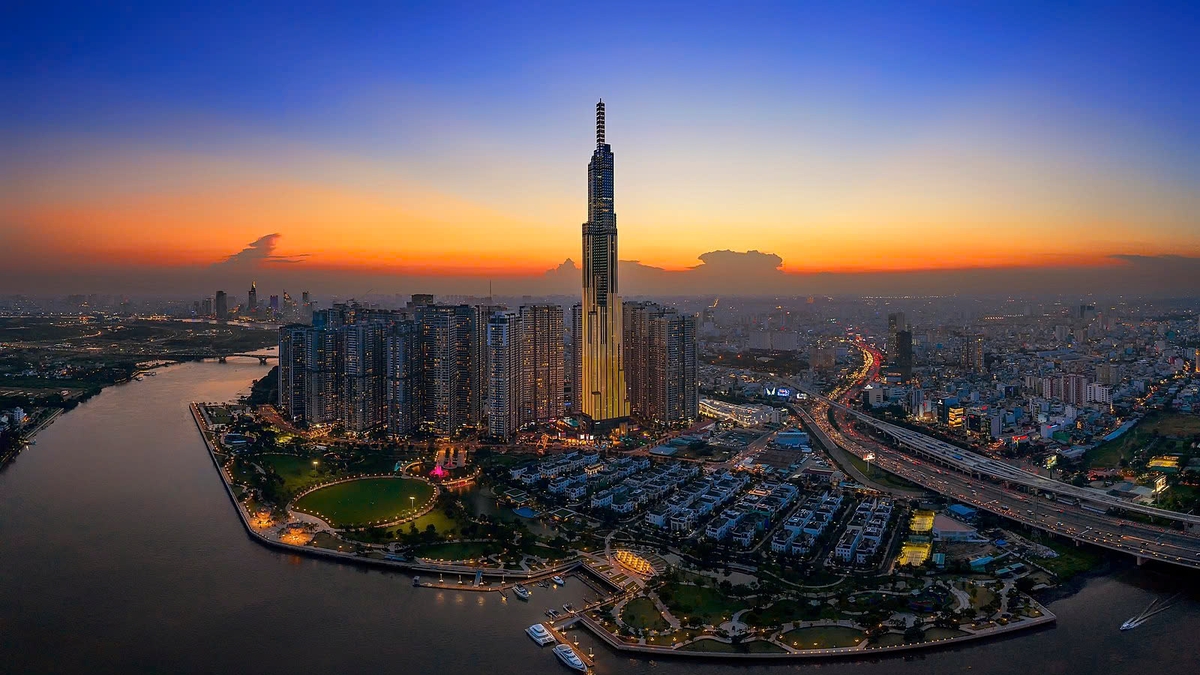



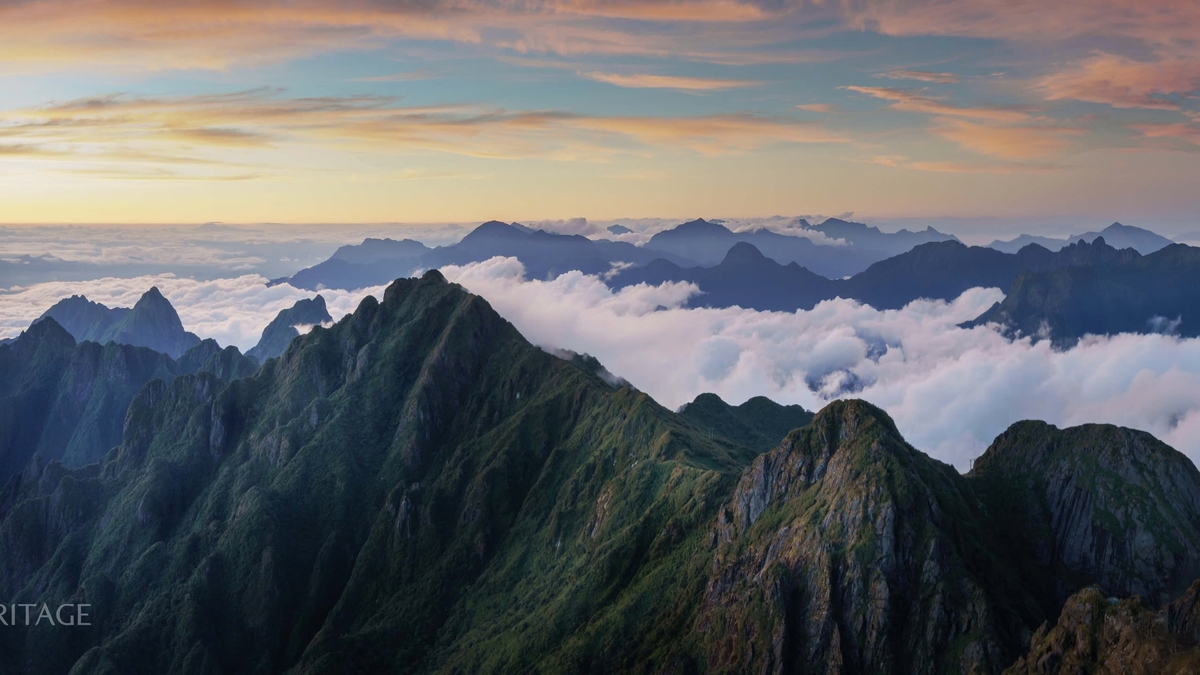
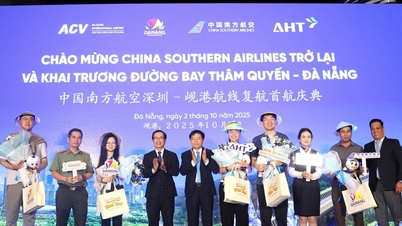

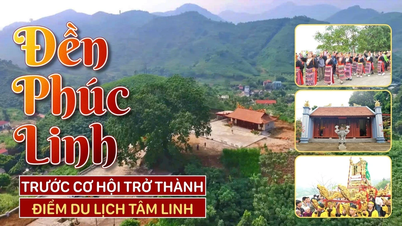




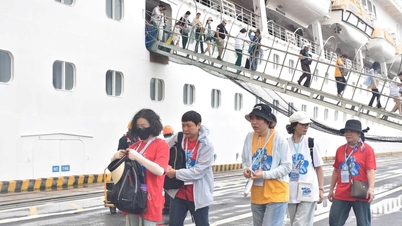









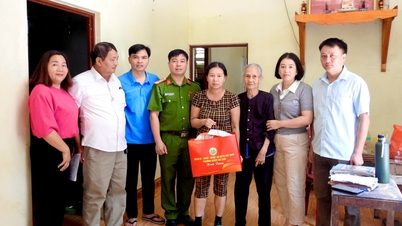



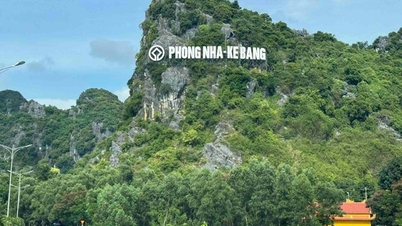

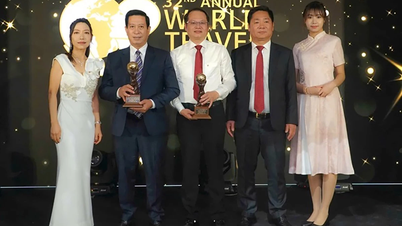

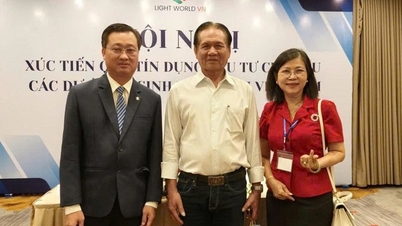



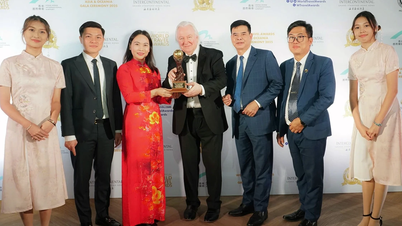


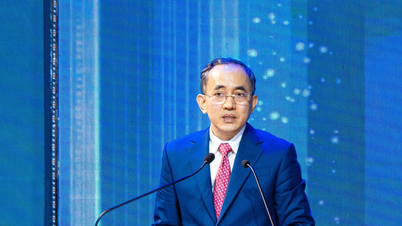



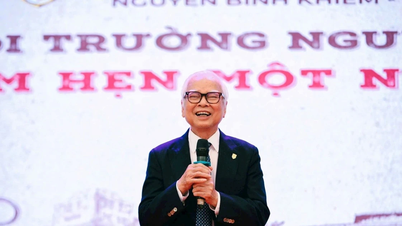






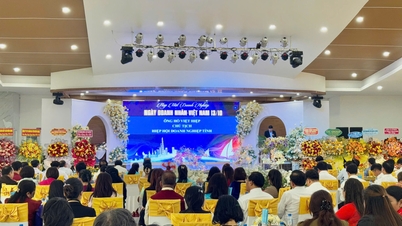

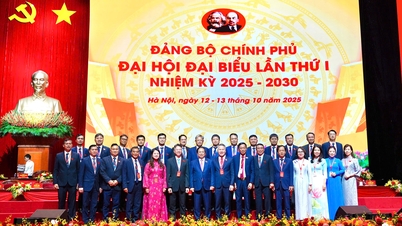
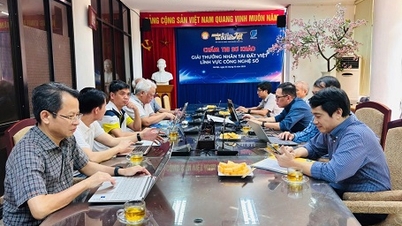

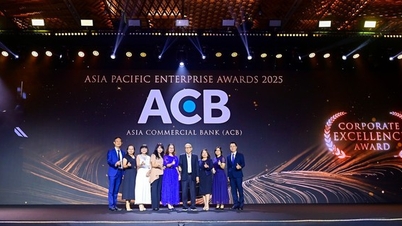







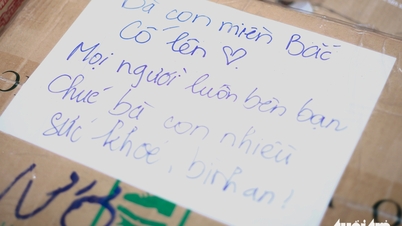

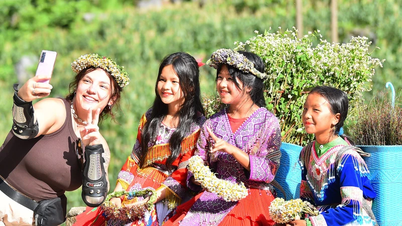
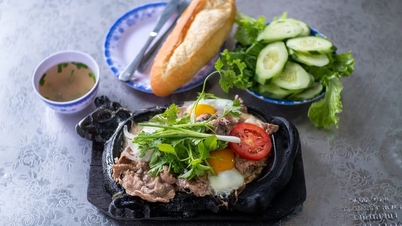



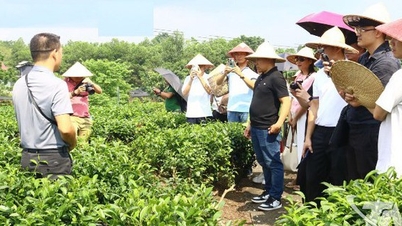


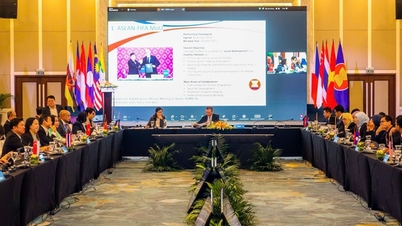
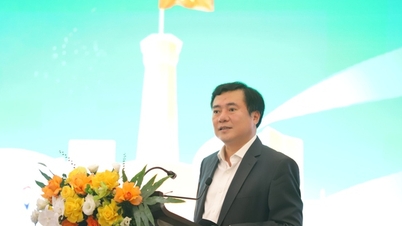
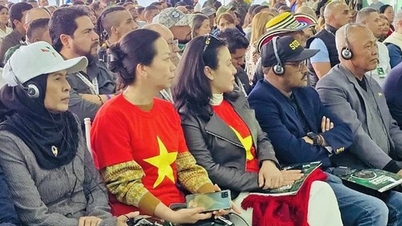
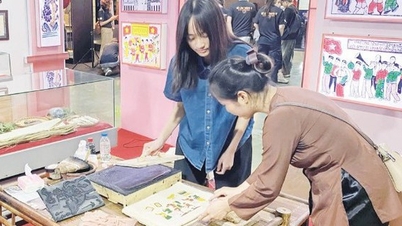
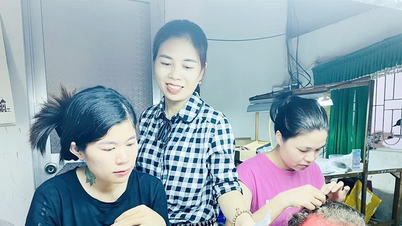

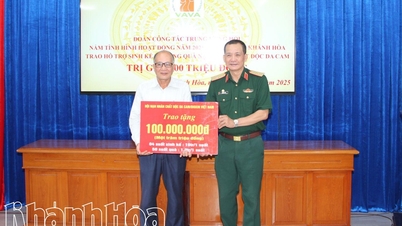

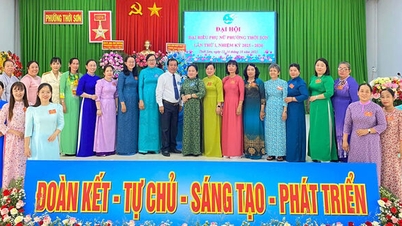

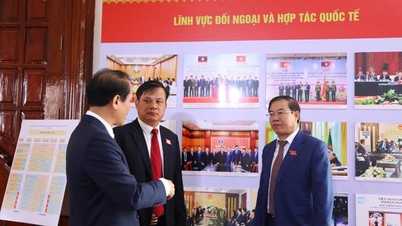
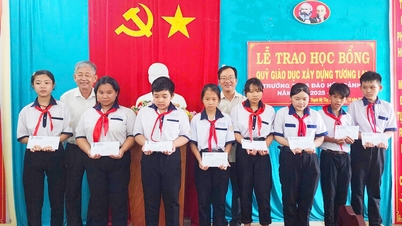
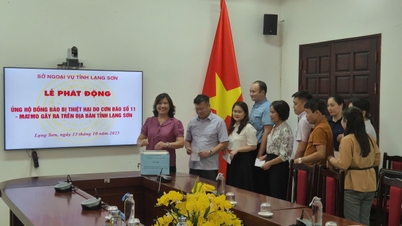












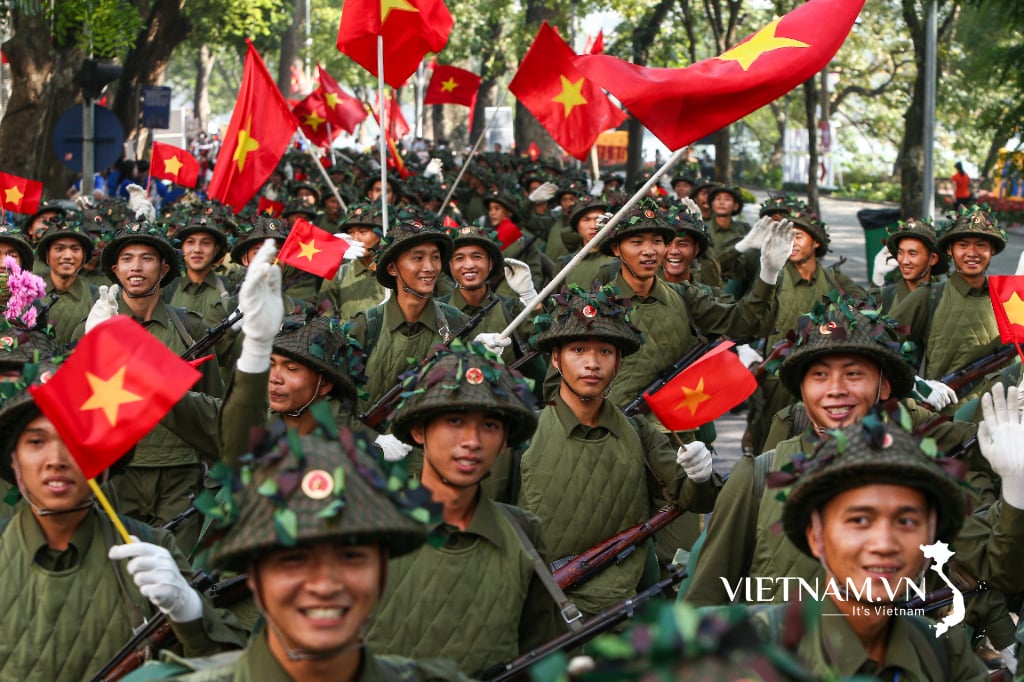


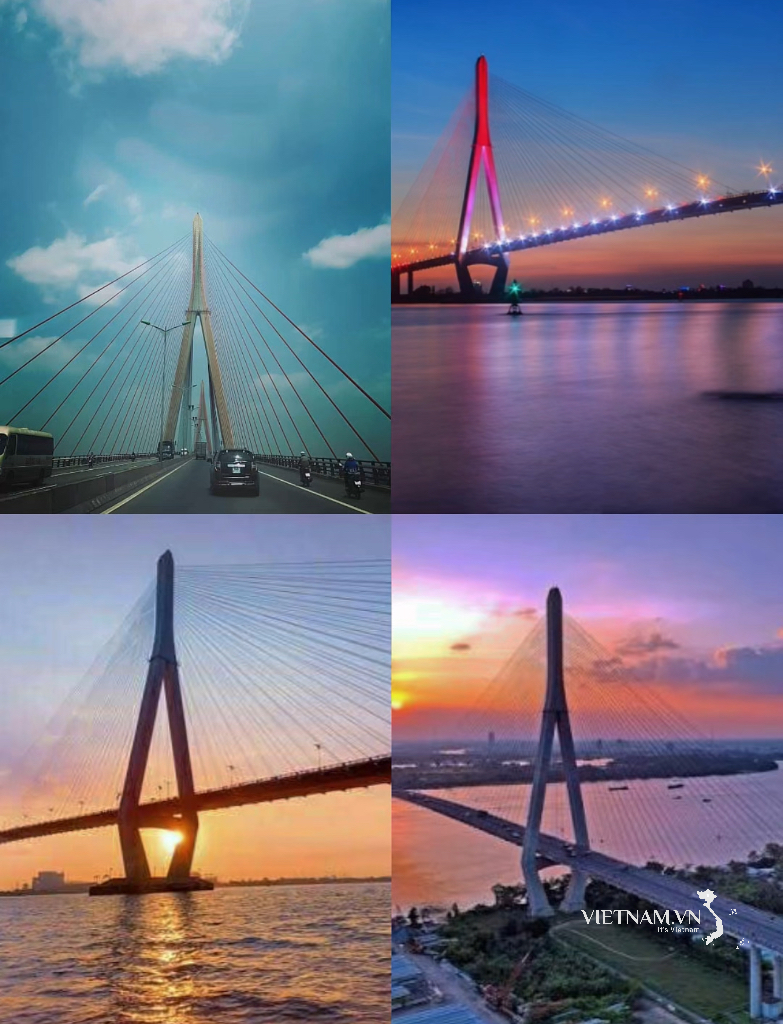
Comment (0)